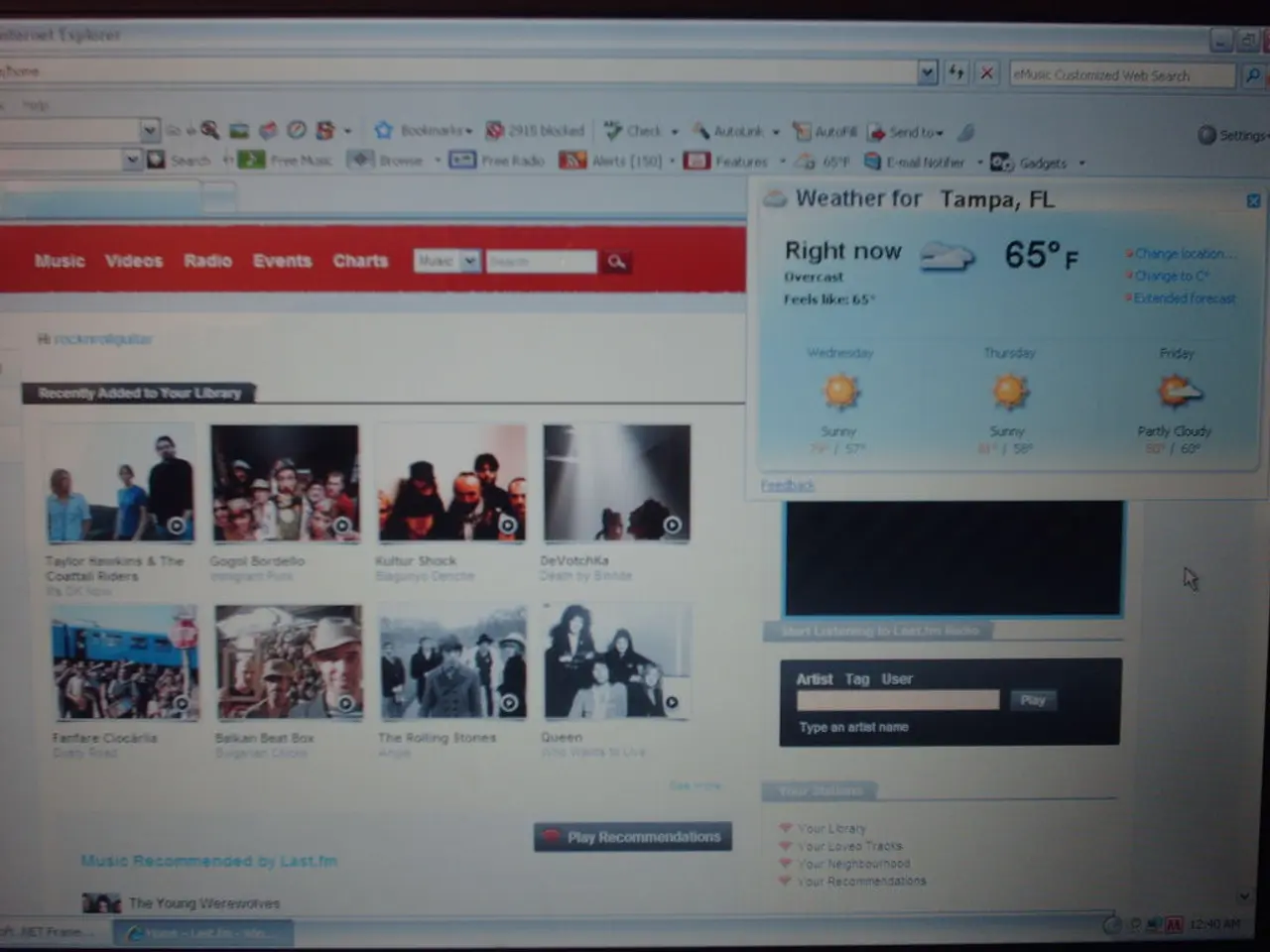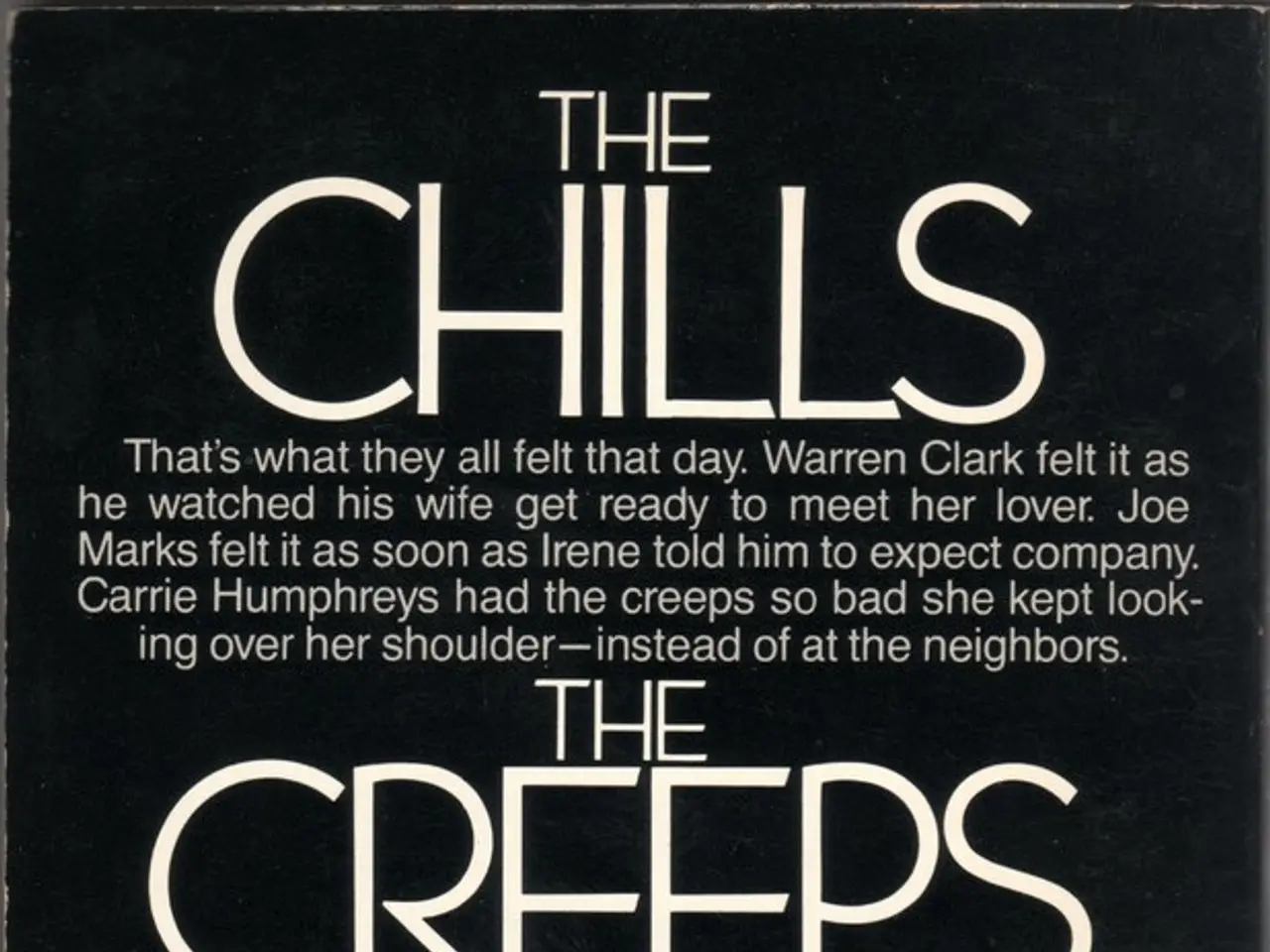Clearifying the Concept of Royalty-Free Licenses for Creative Work
In the digital age, small businesses increasingly rely on royalty-free content such as music, images, and videos to enhance their online presence. However, understanding the legalities and best practices surrounding this content is crucial to avoid copyright infringement and ensure compliance. Here's a structured overview:
## Legal Framework and Requirements
### Royalty-Free Licensing Explained
Often, when you pay once for a license or subscribe, you can use royalty-free content multiple times without paying additional royalties. However, it's important to note that "royalty-free" does not always mean "cost-free." Some content may require a one-time payment or a subscription.
### Understanding License Terms
Always check the license to confirm if it covers your intended use. Factors to consider include usage rights (commercial, non-commercial, broadcast, digital), attribution requirements, geographic restrictions, duration, and modifications.
## Best Practices for Small Businesses
### Choose Reputable Sources
To ensure content quality and legal compliance, use established platforms with clear licensing information and positive user feedback.
### Read and Understand Licenses
Carefully review the terms and conditions for each piece of content before use to prevent accidental infringement.
### Keep Records
Maintain records of all licenses and permissions as proof of compliance in case disputes arise.
### Verify Commercial Use
Ensure the content is licensed for commercial use if your business is for-profit.
### Credit Creators if Required
Meet attribution obligations by crediting the creator or source where necessary.
### Comply with DMCA Safe Harbor
If your business allows user-generated content, comply with DMCA Safe Harbor provisions by promptly responding to takedown notices and not profiting from infringing content.
## Key Legal Risks to Avoid
### Copyright Infringement
Using content without proper licensing or permission is a risk, even with royalty-free libraries, if the license does not cover your use.
### Trademark vs. Copyright Confusion
Royalty-free licenses may not protect your brand identity (logos, names, slogans), which are usually protected by trademark, not copyright.
### Fair Use Misunderstandings
Do not assume that all uses of copyrighted material are "fair use." Fair use is limited to certain contexts like commentary, criticism, or parody.
By following these guidelines, small businesses can confidently and legally incorporate royalty-free content into their projects while minimizing legal risks. Some popular platforms for sourcing royalty-free content include Shutterstock, Getty Images, Pikwizard, AudioJungle, Free Music Archive, FILMPAC, and Pexels. These platforms offer extensive libraries of images, music, and videos suitable for various projects. The benefits of royalty-free content for small businesses include cost savings, flexibility, streamlined workflows, enhanced branding, and support for scalable marketing efforts.
- To leverage the advantages of royalty-free content while ensuring scalability and compliance, small businesses should invest in technology that aids in data-and-cloud-computing for efficient tracking and management of licenses.
- As small businesses delve into the world of defi (decentralized finance), understanding scalability, along with the legalities and best practices surrounding royalty-free content, is essential to avoid copyright infringement and ensure both compliance and the protection of their brand identity.




